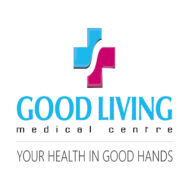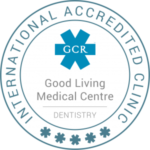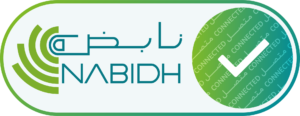Enuresis

Enuresis (Urinary Incontinence)
Enuresis is a common condition that affects millions of children in the US, with boys being more affected than girls. It is defined as the involuntary passage of urine during sleep, and its prevalence varies with age. Children under the age of 5 are not considered enuretic, while those aged between 5-6 years should have at least 2 or more bed-wetting episodes per month. After the age of 6 years, one or more bed-wetting episodes per month is considered enuresis.
At the age of 5 years, around 15-25% of children wet the bed, but this declines to 15% as they grow older. In 12-year-old boys, the prevalence is around 8%, while in girls of the same age, it is around 4%. Only 1-3% of adolescents still wet their beds, and 15-25% of bedwetters experience secondary enuresis, which means they start wetting their beds after at least 6 months of dry nights.
Enuresis is a distressing condition that affects children and their families, and its leading causes are
1. Functional bladder disorder
- Maturational delay in nocturnal arginine vasopressin secretion.
- Psychological problems are often the result of enuresis rather than the cause.
What is the fastest way to cure bedwetting?
The fastest way to cure bedwetting is by:
- Reducing fluid intake in the evening,
- Having the child go to the bathroom before sleeping,
- Setting a goal for the child to get up at night to use the bathroom,
- Rewarding your child for remaining dry (calendar)
- Avoid high-sugar and caffeine-based drinks, particularly in the evening.
Treatment Evaluation:
Before treatment, it is essential to conduct an evaluation to identify the underlying causes of nocturnal enuresis. (This may include assessing for conditions such as diabetes mellitus, obstructive sleep apnea, constipation, and bladder dysfunction.) Additionally, a urinalysis should be performed to assess specific gravity, urinary glucose level, and the presence of infection or blood in the urine.
Non-Pharmacologic Treatments for Bedwetting:
Bedwetting can be a challenging problem for both children and parents. Fortunately, non-pharmacologic treatments can be effective in reducing bedwetting, and may also help to prevent relapses. Here are some effective non-pharmacologic treatments:
Bedwetting Alarms: Bedwetting alarms are considered the most effective treatment for bedwetting. The alarm is worn by the child and consists of a sensor that is placed in the child’s underpants. When the sensor detects moisture, the alarm sounds, waking the child up. Over time, the child learns to wake up before the alarm sounds and eventually learns to stay dry all night. Continue it for 15 weeks.
Positive Reinforcement Systems: Positive reinforcement systems involve rewarding the child for staying dry all night. For example, the child may earn points or stickers for each dry night, and once a certain number of points or stickers have been earned, the child is given a prize. This can be a very effective motivator for children who are struggling with bedwetting.
Responsibility Training: Responsibility training involves teaching the child to take responsibility for their bedwetting. This includes teaching the child to change their sheets and to take an active role in their treatment plan. This can help to empower the child and may also help to reduce the anxiety and shame that can be associated with bedwetting.
Pharmacologic Treatments for Bedwetting:
In some cases, pharmacologic treatments may be recommended for bedwetting. Two primary drugs used for bedwetting are Desmopressin and Imipramine. However, it is important to note that these drugs should not be recommended for children under the age of six. It is also important to remember that pharmacologic treatments should be used as a last resort, and only under the guidance of a healthcare professional.




